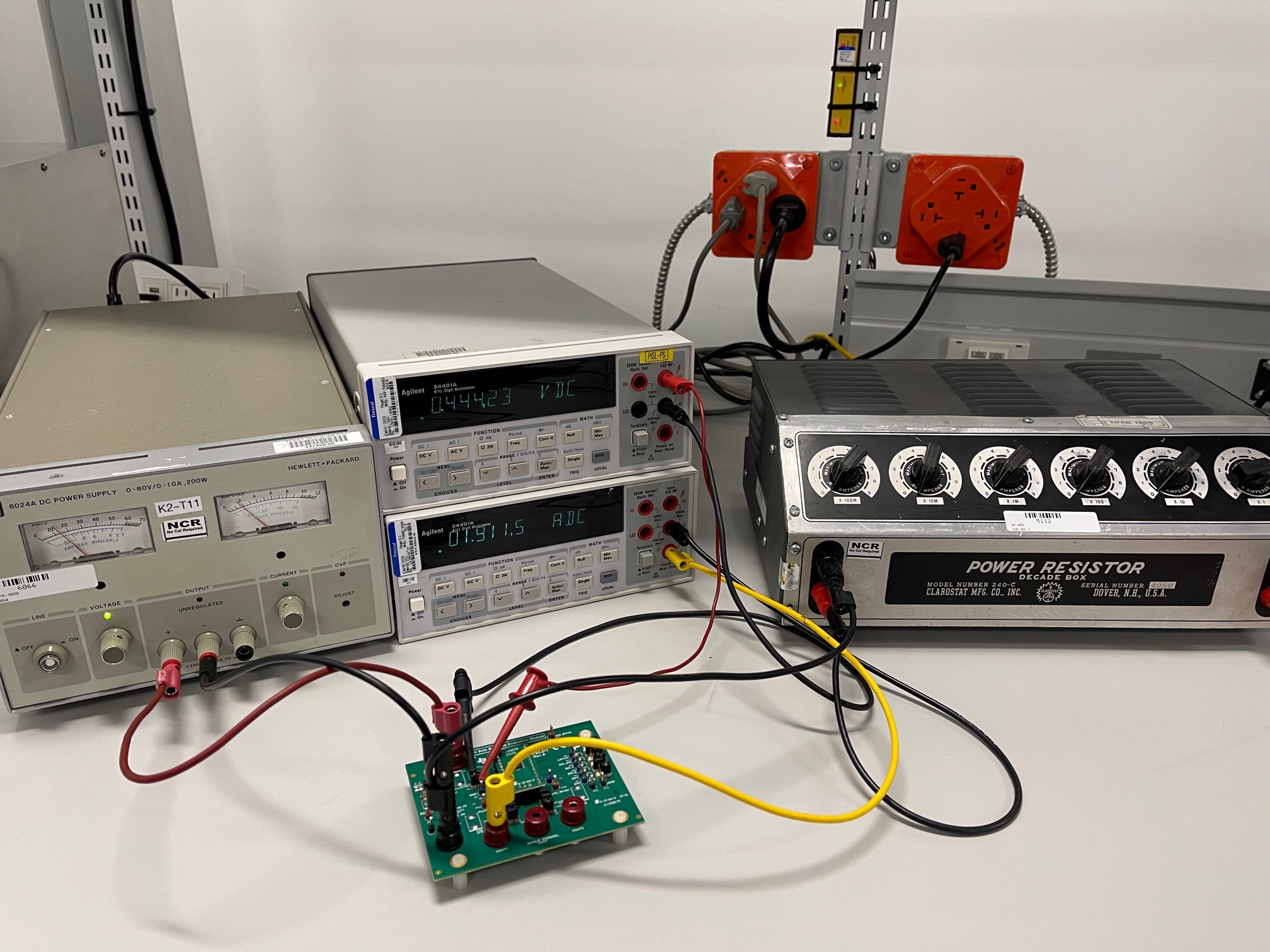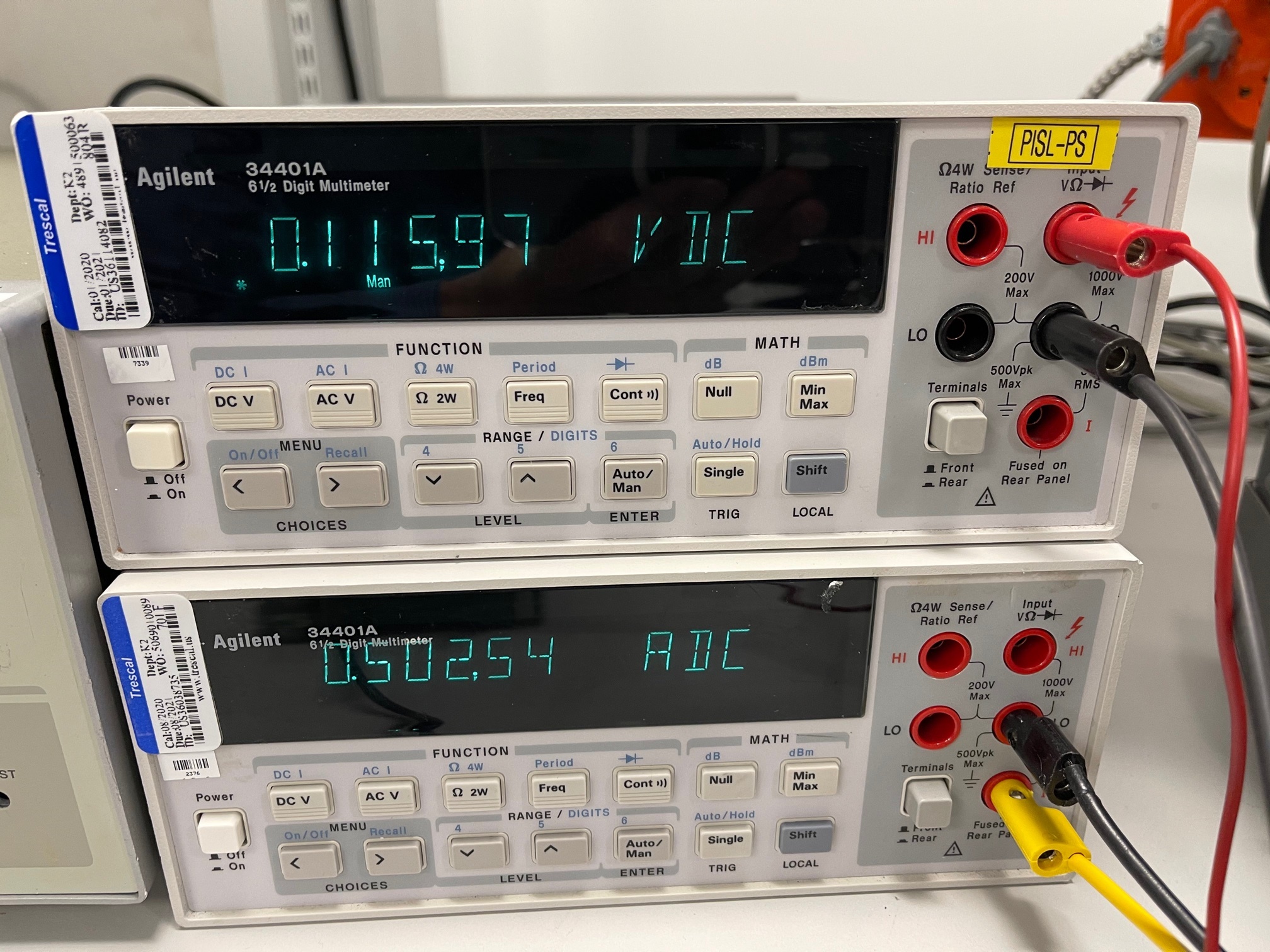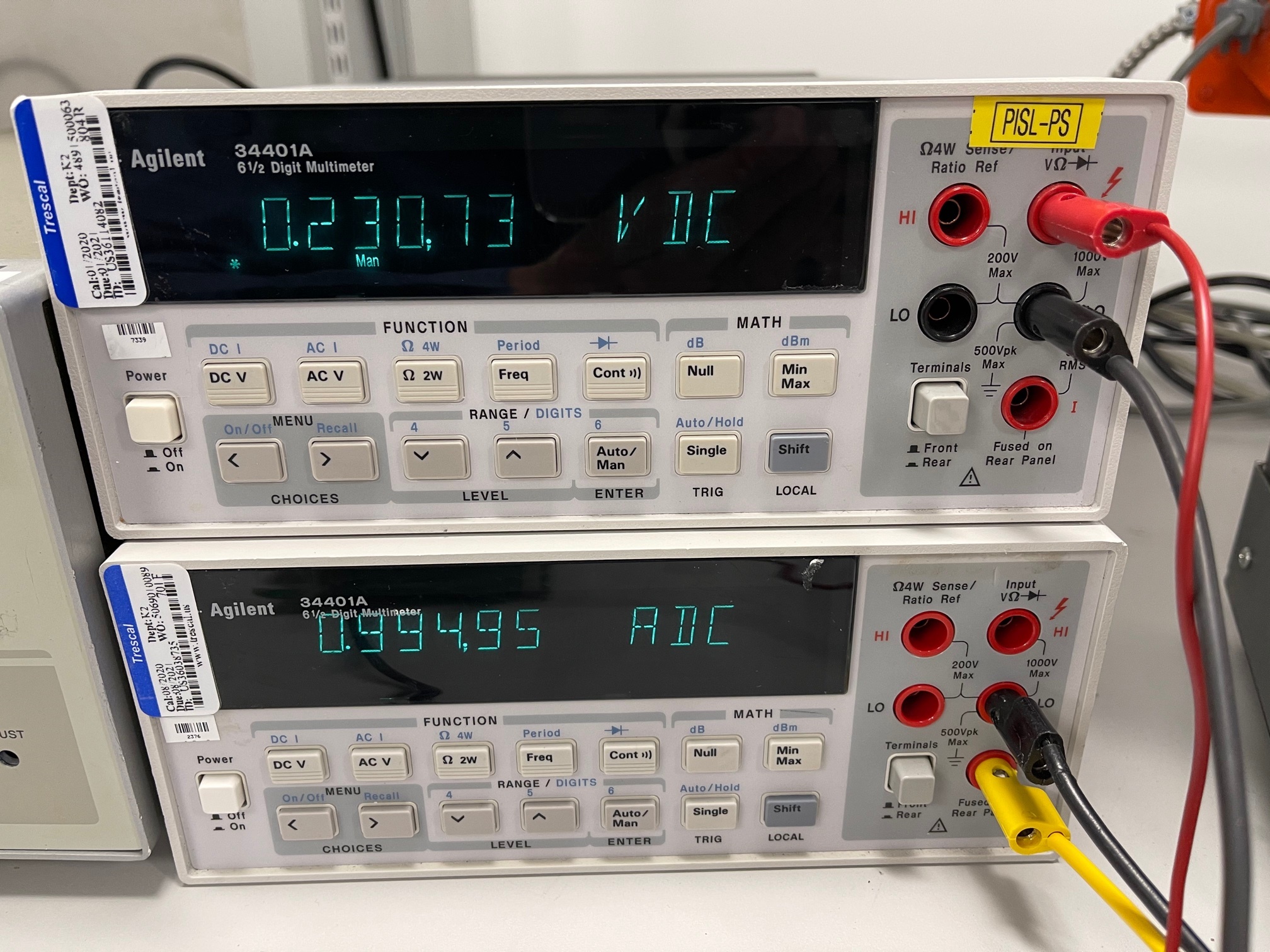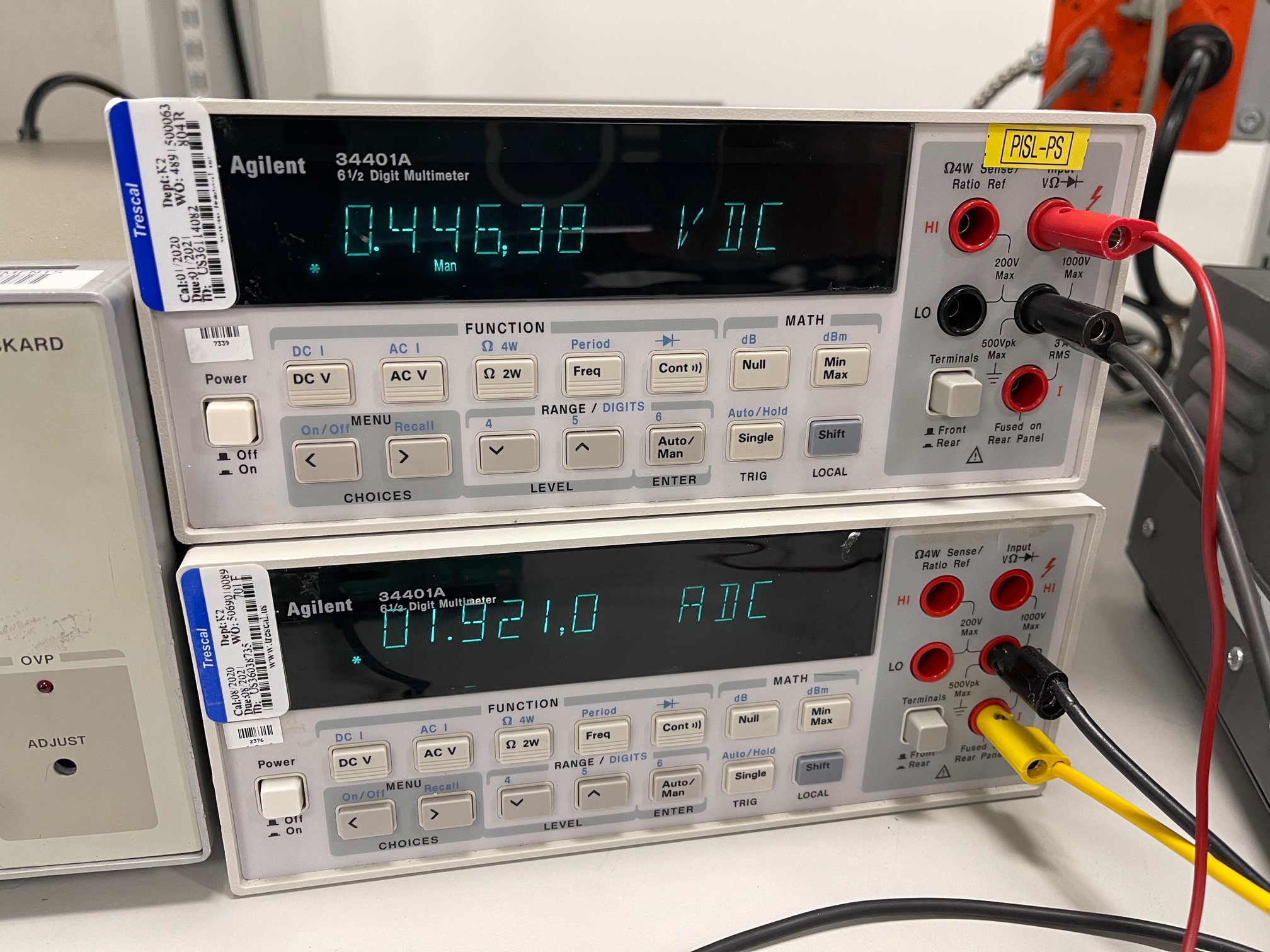Other Parts Discussed in Thread: TPS1H100-Q1, HSS-MOTHERBOARDEVM
Always I am indebted.
My name is Mitsubishi Electric engineering Tanabe.
I have a question about the subject.
Currently, we are confirming the function of TPS1HA08CQPWPRQ1 on your test board.
Below, there are some differences from the values described in the data sheet.







